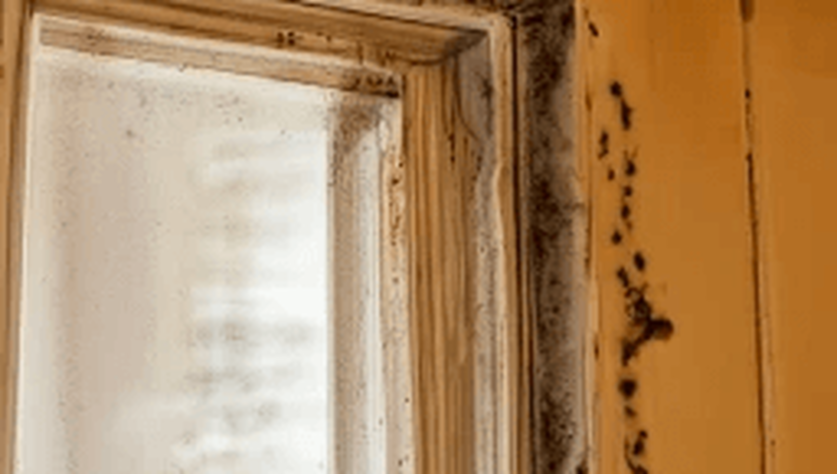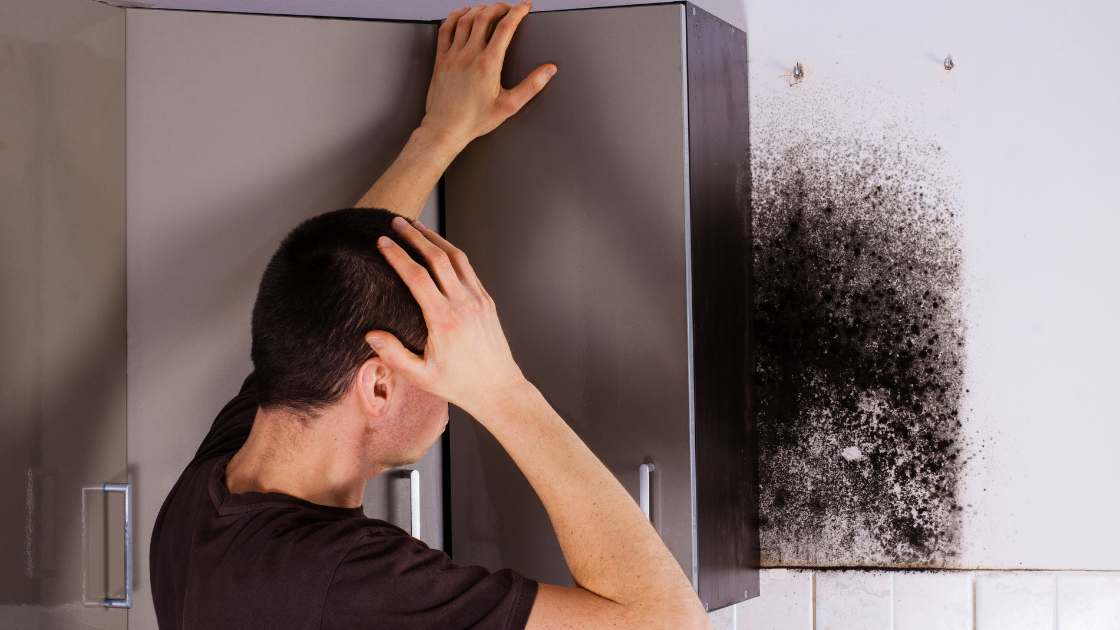|
Mold growth is a prevalent issue that can lead to various health problems, making it a cause for concern in many households. Mold removal from a house or other structure is called mold remediation. The critical question is, will mold come back after remediation? The Mold Removal ProcedureMold remediation is a complex process that entails removing mold and stopping it from growing again. There are various steps in the remediation process:
Will Mold Return After Cleanup?Mold can potentially grow back after remediation if the root cause of the moisture that caused the initial mold growth is not addressed. However, if the source of moisture is effectively eliminated, mold remediation should prevent any further recurrence of mold in that area. Preventing Mold Growth After RemediationAs a homeowner, you should know what to do after mold remediation. Keeping the afflicted areas dry is one of the things you may do after mold removal. This can help prevent mold from returning since moisture is the main factor in mold growth. The following advice will help keep the region dry:
Monitoring for Mold GrowthMonitoring the area for symptoms of mold growth is another action you may take. If you experience any mold symptoms, such as a musty stench or noticeable mold growth, you should immediately contact a mold remediation specialist. Observe the warning indicators listed below:
Addressing Underlying IssuesAddressing any underlying problems that led to mold growth in the first place is also crucial. For instance, if a leaky pipe is a reason for mold growth, you should mend the pipe to stop further mold growth. Other important matters to consider the following:
Why Does Mold Keep Coming Back?Let's now discuss the reasons mold recurs. If the root causes of the mold growth are not resolved, the mold may keep returning. Here are some typical explanations for why mold continues reappearing:
ConclusionMold remediation is a complicated process that involves removing mold and stopping it from growing again. After cleanup, it is essential to keep the affected areas dry, watch for symptoms of mold growth, and take care of any underlying problems. Contacting a mold remediation specialist if the mold keeps resurfacing is also essential.
Prevention is critical; adopting measures to stop mold formation will help avoid financial and health risks. Comments are closed.
|
AuthorMold Remediation Spokane WA is a mold company expert Archives
July 2023
Categories |
|
SERVING SPOKANE WA AND
SURROUNDING AREAS |
cOMPANY INFOADDRESS
Mold Remediation Spokane WA 4407 N Division St #714 Spokane, WA 99207 BUSINESS HOURS
7 AM- 11 PM We want to be available to you anytime of day. That's why we don't constrain what we do to business hours. |
OUR SERVICESSOCIAL MEDIA |



